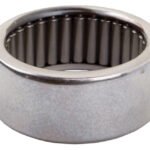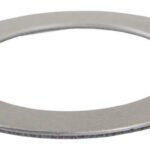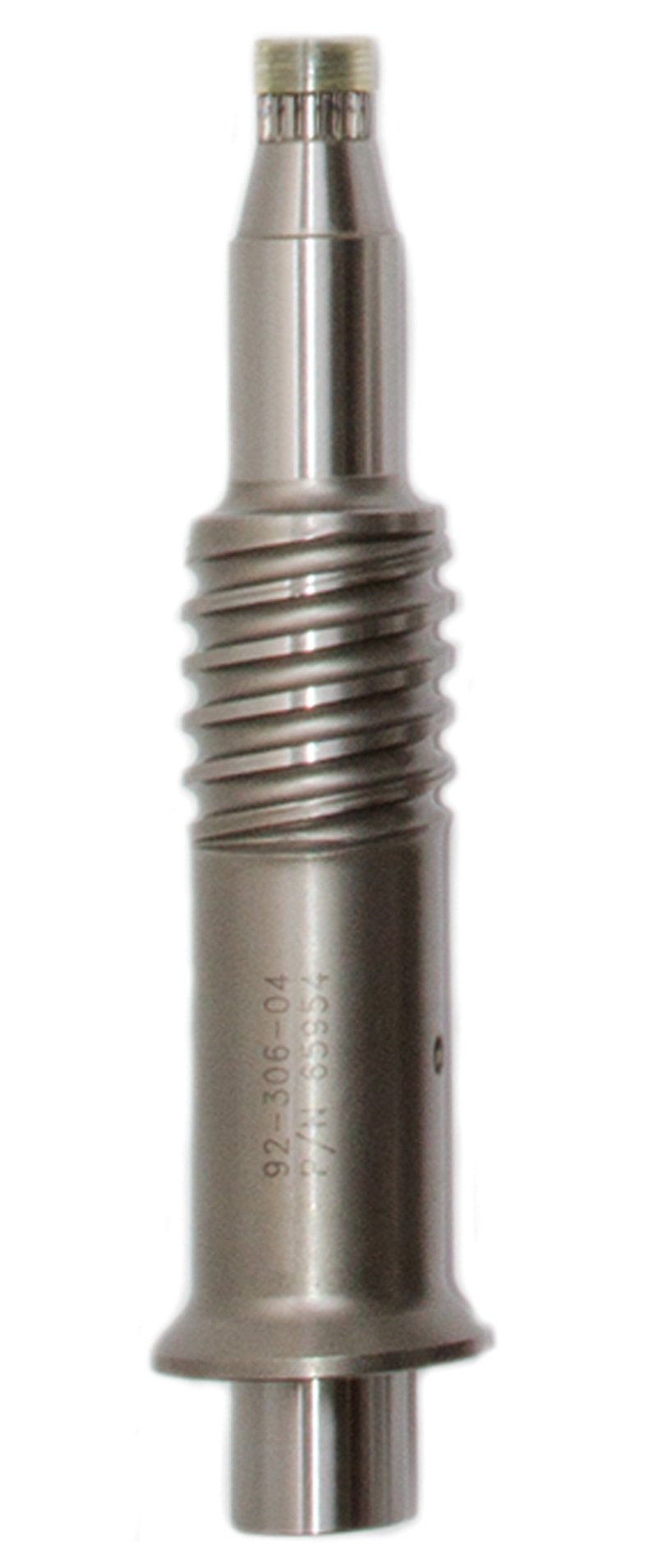
NEEDLE BEARING, REVERSE GEAR
February 20, 2024
THRUST WASHER
February 20, 2024
Description
- Supporting Role: Pinion bearings support the pinion shaft, which is typically connected to the gear or shaft that transmits rotational motion or torque.
- Load Handling: They are designed to handle both radial loads (perpendicular to the axis of rotation) and axial loads (parallel to the axis of rotation) encountered during operation.
- Reduced Friction: Pinion bearings minimize friction between the rotating pinion shaft and the stationary components of the gear assembly, ensuring smooth and efficient operation.
- Materials: They are commonly made from materials such as steel, bronze, or ceramic, chosen for their durability, strength, and resistance to wear under heavy loads and high speeds.
- Precision Engineering: High-quality pinion bearings are manufactured with precision tolerances to ensure accurate alignment and minimal clearance between mating surfaces, maximizing performance and longevity.
- Lubrication: Proper lubrication is essential for the smooth operation and longevity of pinion bearings. Lubricants such as oil or grease help reduce friction and dissipate heat generated during rotation.
- Sealing: Some pinion bearings come with seals or shields to protect against contamination by dirt, dust, water, and other debris, extending their lifespan and reliability.
- Temperature Resistance: They may be designed to withstand high temperatures encountered during operation, ensuring stable performance under extreme conditions.
- Applications: Pinion bearings are used in various automotive, industrial, and mechanical systems where gear assemblies are employed, including differentials, transmissions, and steering systems.




